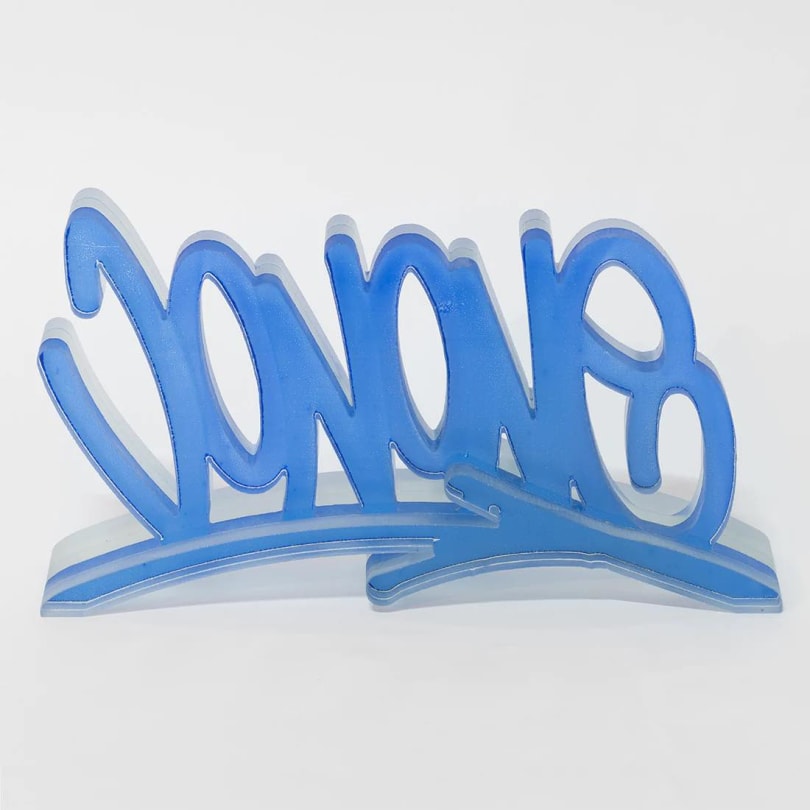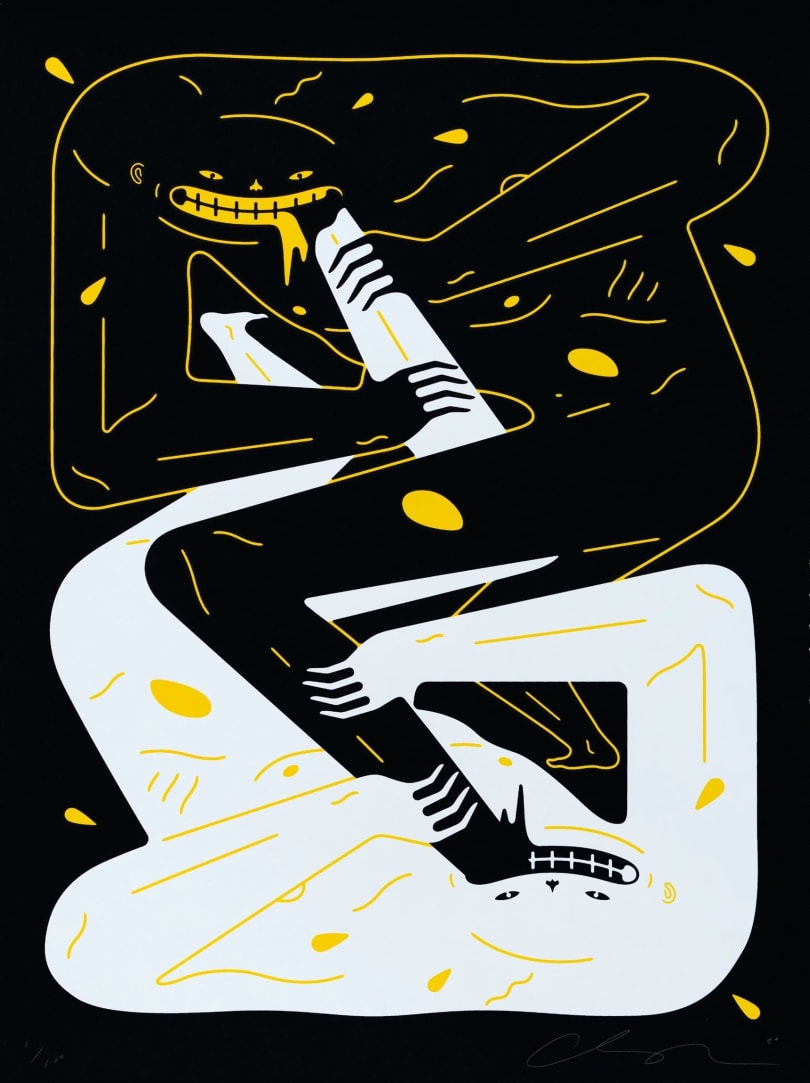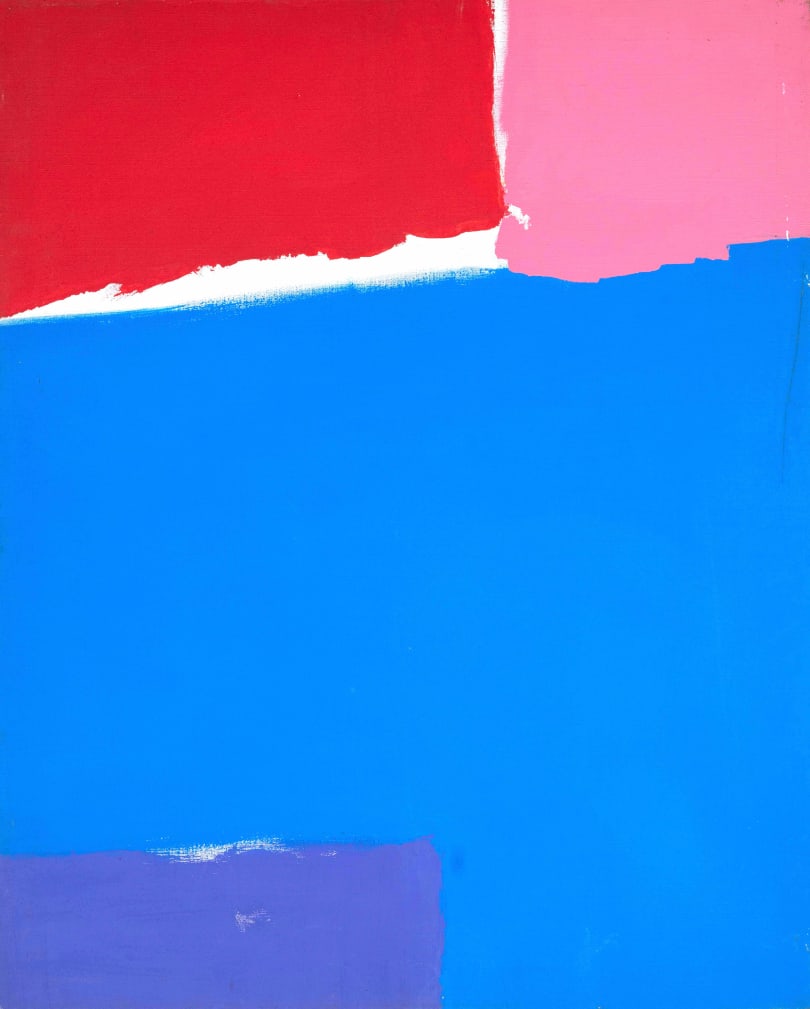
La nuit aux grandes voiles passe lentement
Category
PaintingTechnique
Oil on canvasDate
1962Dimensions
130 cm x 97 cmMake an offer of
Artwork information
Category
PaintingTechnique
Oil on canvasDate
1962Dimensions
130 cm x 97 cmDimensions with frame134 cm x 100 cm
Signature
Signed lower rightState of conservation
Very goodFraming
YesLocation
Paris, FranceDescription
Sublime piece dated 1962 by Frédéric Benrath, a major artist of post-war French abstraction.
Very large format, the work is framed, signed lower right and countersigned on the reverse.
His paintings, difficult to find on the art market, invite meditation and recall those of the great Mark Rothko.
Provenance
French private collection
The artist

Bio
Frédéric Benrath is a French painter representing post-war lyrical abstract art. Born Philippe Gérard, he adopted the pseudonym Frédéric Benrath in 1953 at the age of 23, after a revelation during a visit to Benrath Castle, near Düsseldorf; the first name is a tribute to a pantheon of great figures from German Romanticism: the philosopher Friedrich Nietzsche, the painter Caspar David Friedrich and the poet Friedrich Hölderlin.
Throughout his career, Benrath has constantly reinvented his painting, moving back and forth between modernity and the Romantic tradition, of which he claims to be the spiritual heir. Many of the titles of his paintings are taken from poems by Arthur Rimbaud, Victor Hugo, Gérard de Nerval and Rainer Maria Rilke.
In 1954, he met Henri Michaux and designed the poster for his exhibition, remaining close to the poet for several years. Like Michaux, Benrath sees his art as a spiritual quest, a way of living and breathing. In 1963, Benrath produced a series of paintings for an exhibition in tribute to Michaux entitled "L'espace du souffle" at the Karl Flinker Gallery, which represented both artists. From this point onwards, Benrath explored the innermost reaches of his inner self in his paintings, inviting meditation and provoking a sensation of vertigo in the immense, inaccessible spaces that the artist reveals to us. A painter and philosopher of painting, in 1973 he himself organized the exhibition "Le Nuagisme même" at the Musée des Beaux-Arts in Lyon, which brought together the leading exponents of this movement, including René Duvillier, René Laubiès, Marcelle Loubchansky and Beauford Delaney.
In the 1950s, he created tormented, matieristic paintings by lacerating the canvas, then, from 1959 onwards, Benrath found a controlled, calmer language in which oil paint is worked like watercolor, giving his art an atmospheric, spiritual quality. In the 1960s and 1970s, Benrath produced paintings with broad, diffuse gestures and warm, luminous colors that contrasted powerfully against dark backgrounds. During this period, he discovered a form emblematic of his art: the circular knot, which materializes creative energy and shows the artist knotting within himself a state of mind, an emotion that he seeks to fix in contact with pictorial matter. This period is truly the richest in experimentation, encounters, discoveries and emotional intensity. From the 1980s to the end of his life, Benrath increasingly stripped his painting, his gesture became sparse and his paintings became colder, to the point of becoming monochromes reminiscent of Minimalism.
Frédéric Benrath's painting is often compared to that of the great Mark Rothko, to whom he feels spiritually close: "These paintings at the Tate," says Benrath of his model, "come to us like a gift, without an instruction manual, indicating no path, delimiting no territory - they are like regions of the soul for emotional journeys". Her paintings also represent this inner space, these "lands of the soul" from which the artist draws inspiration.
His paintings can be found in prestigious national museum collections, which now exhibit them in their galleries. These include
Center Pompidou and the Musée national d'art moderne in Paris, the Musée des Beaux-Arts in Lyon, the Musée de Grenoble, the Musée national d'art moderne et contemporain in Nice and the Musées royaux des beaux-arts de Belgique in Brussels.








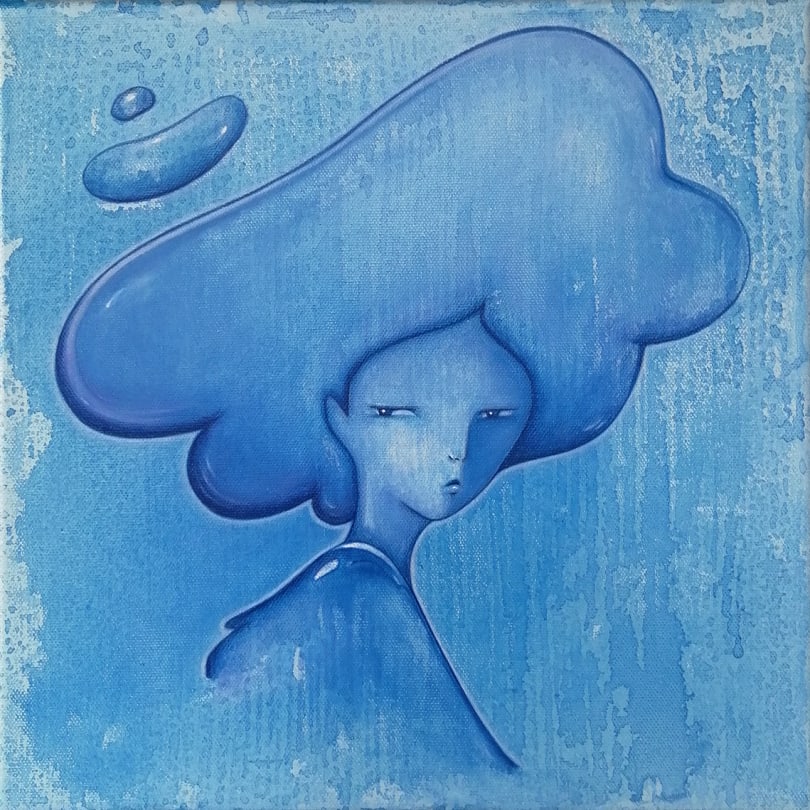



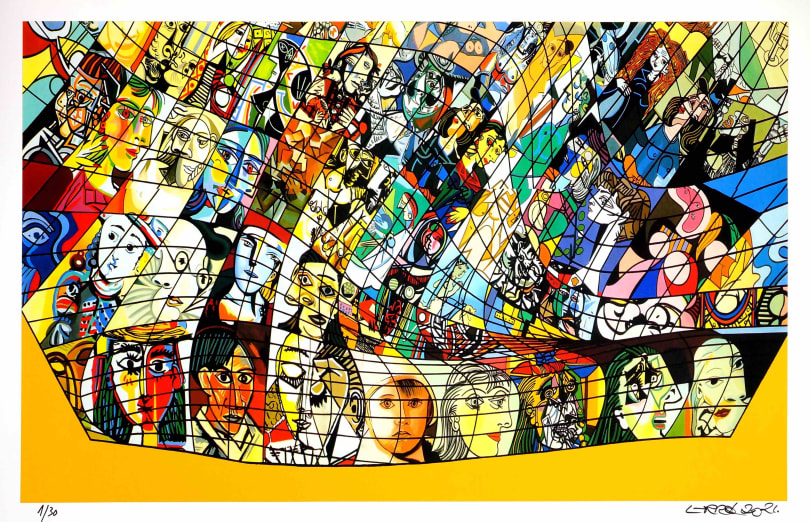
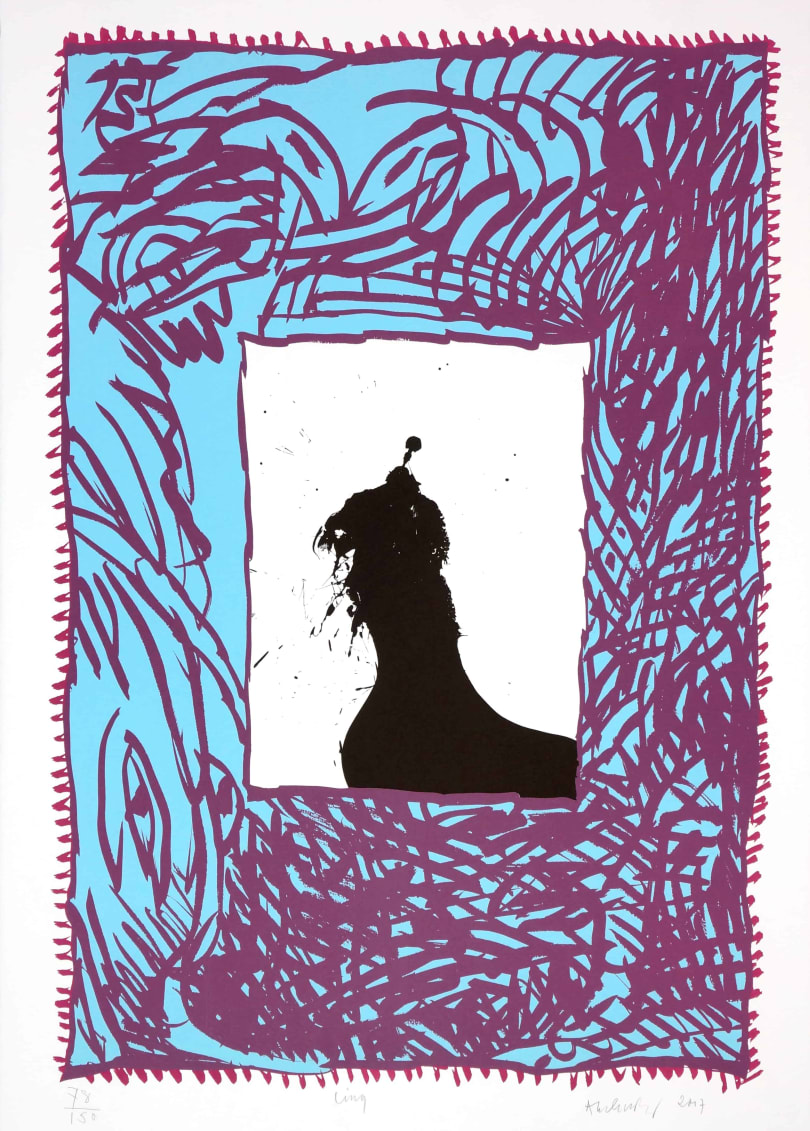






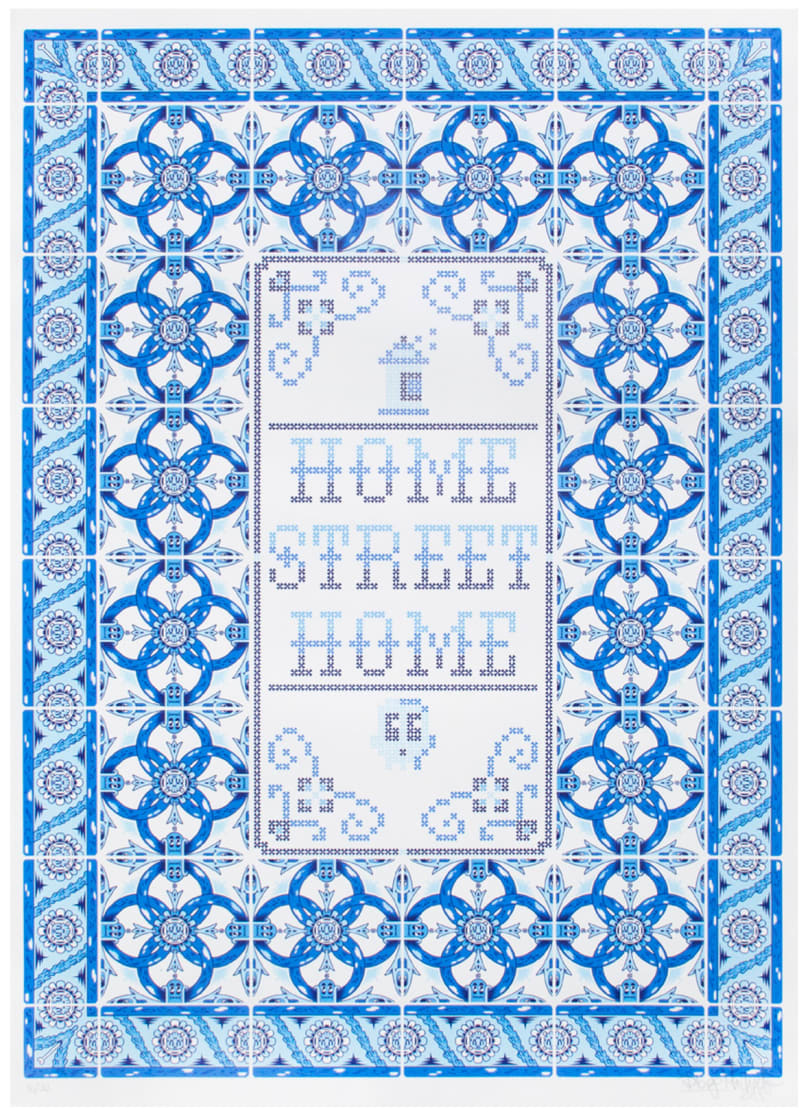


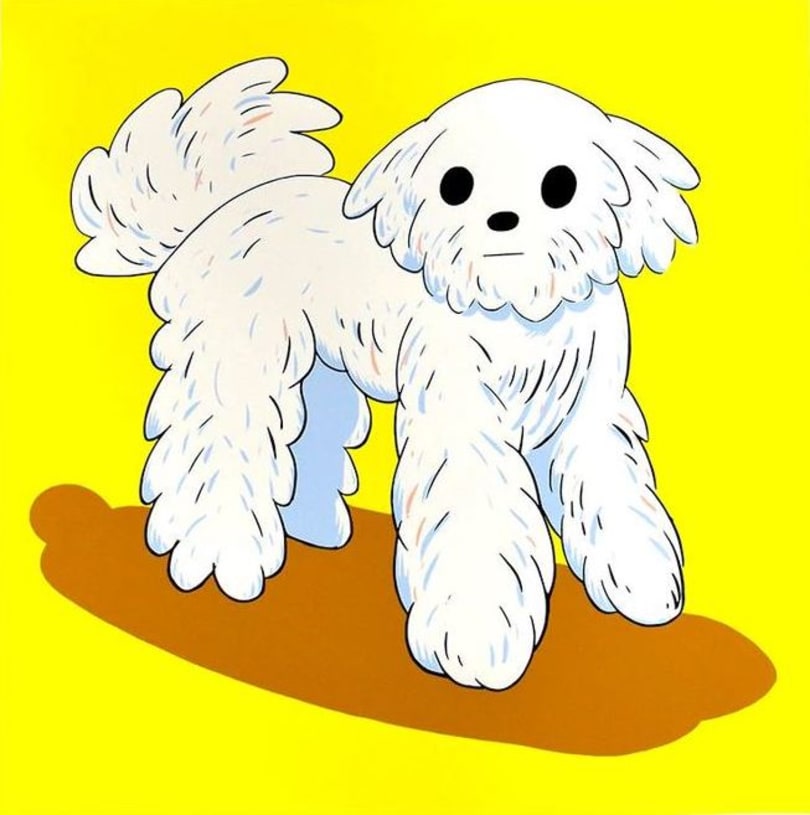
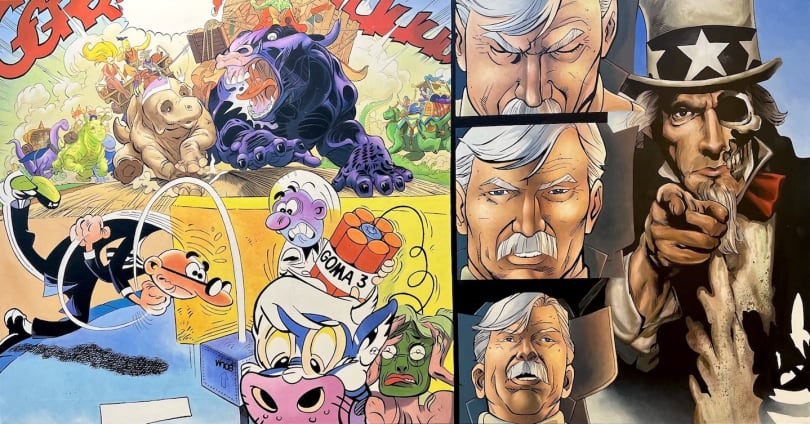


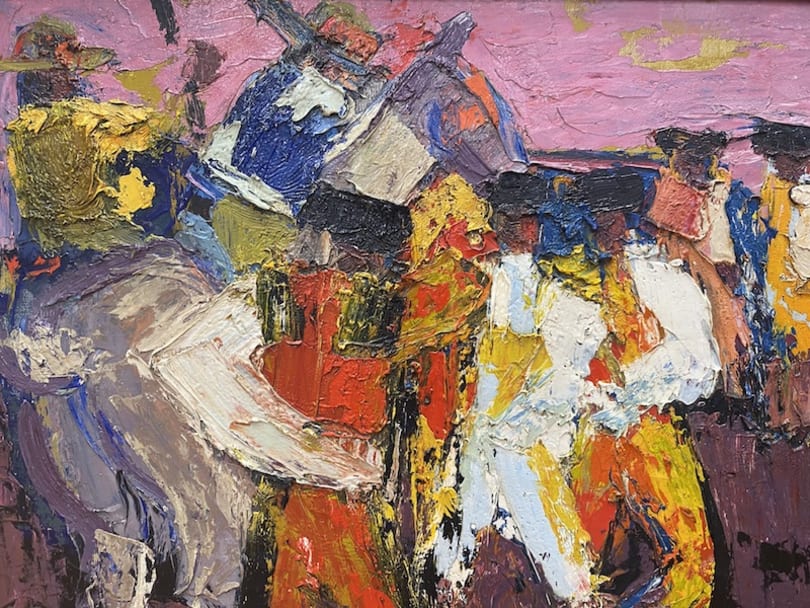
.jpg)


.jpg)


